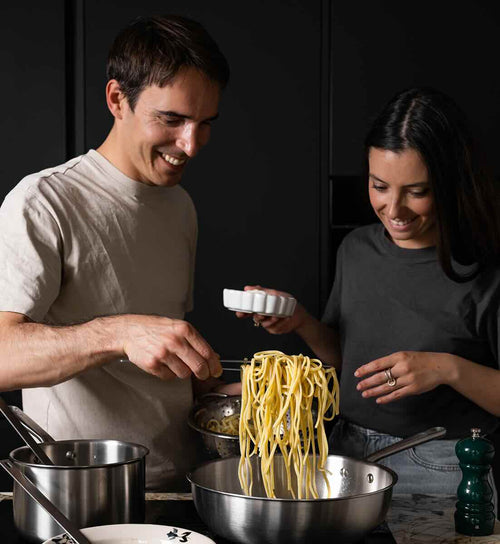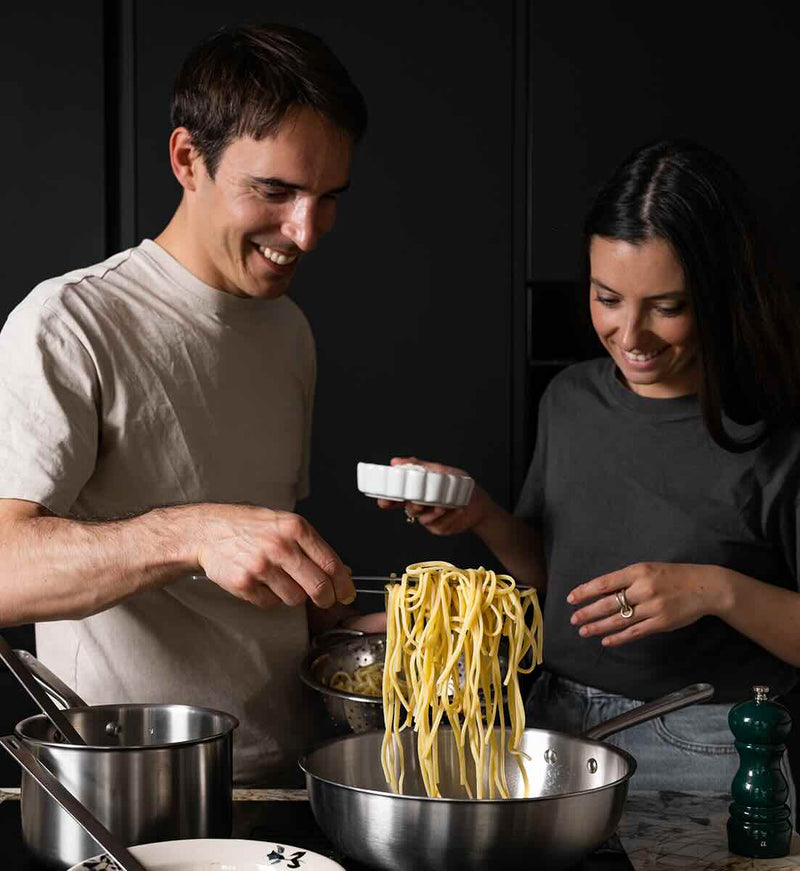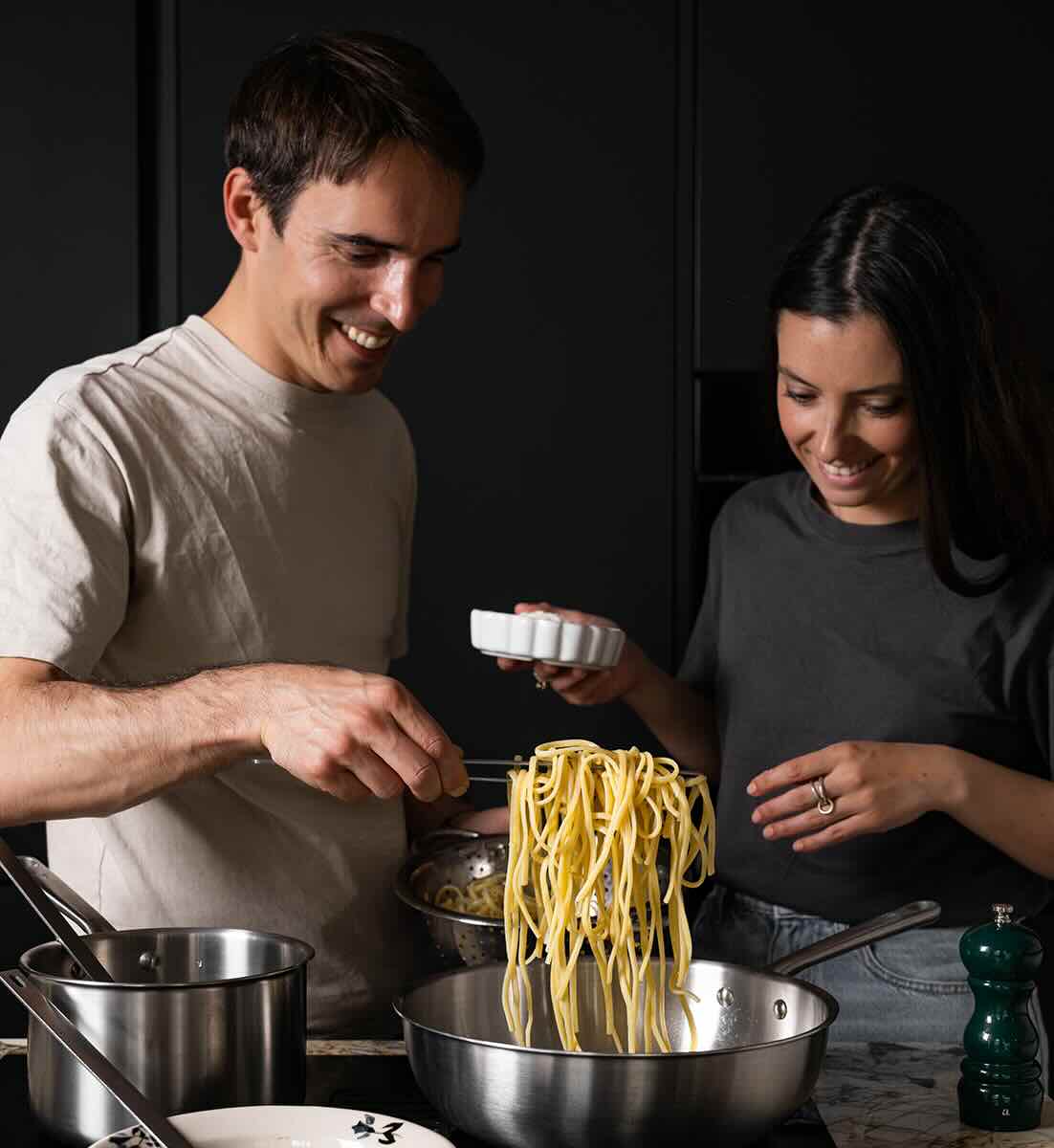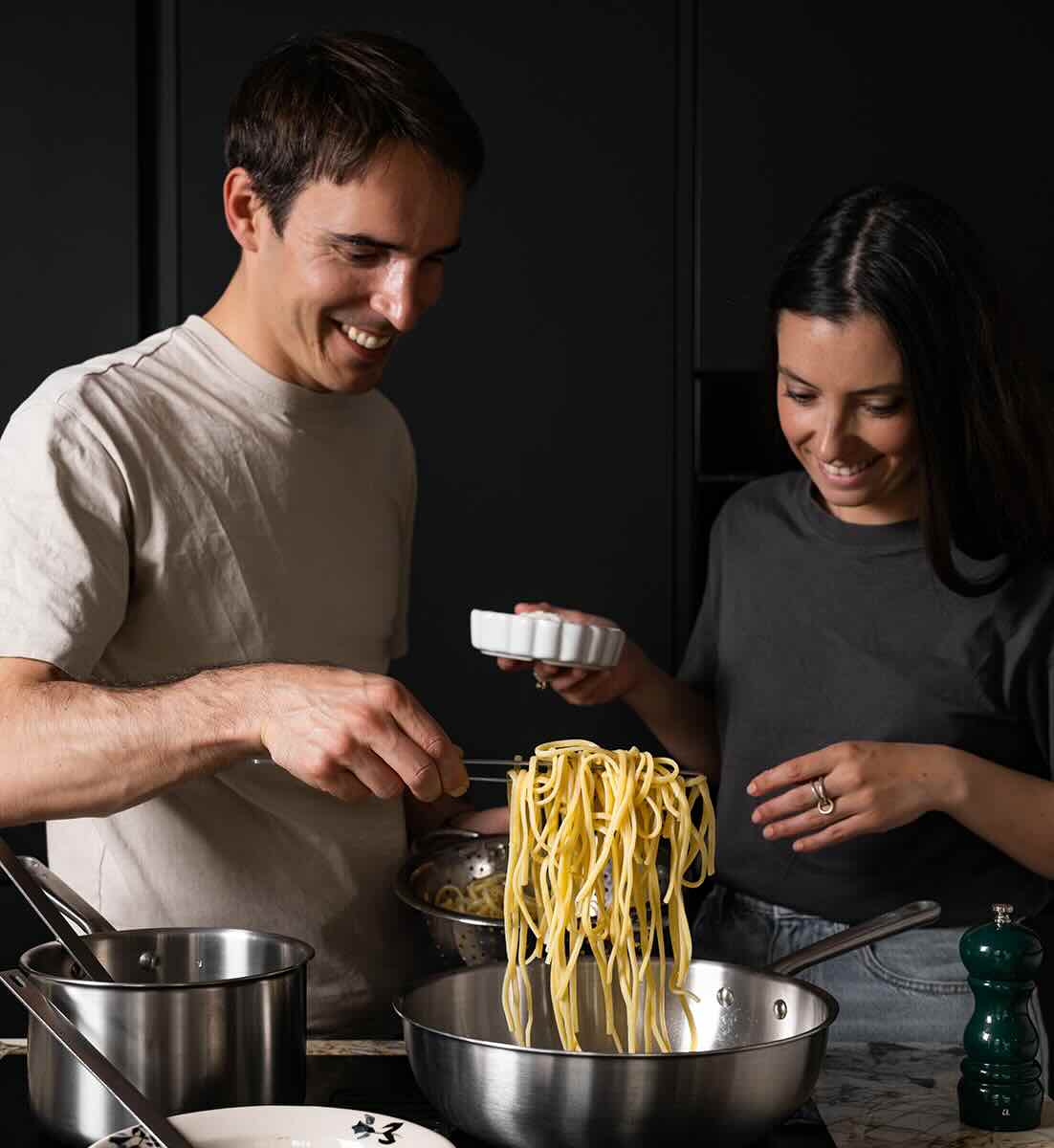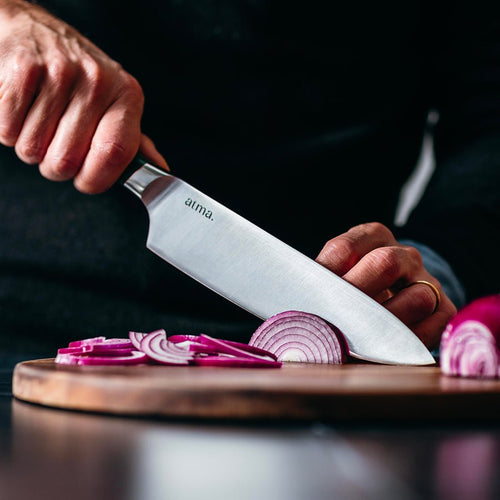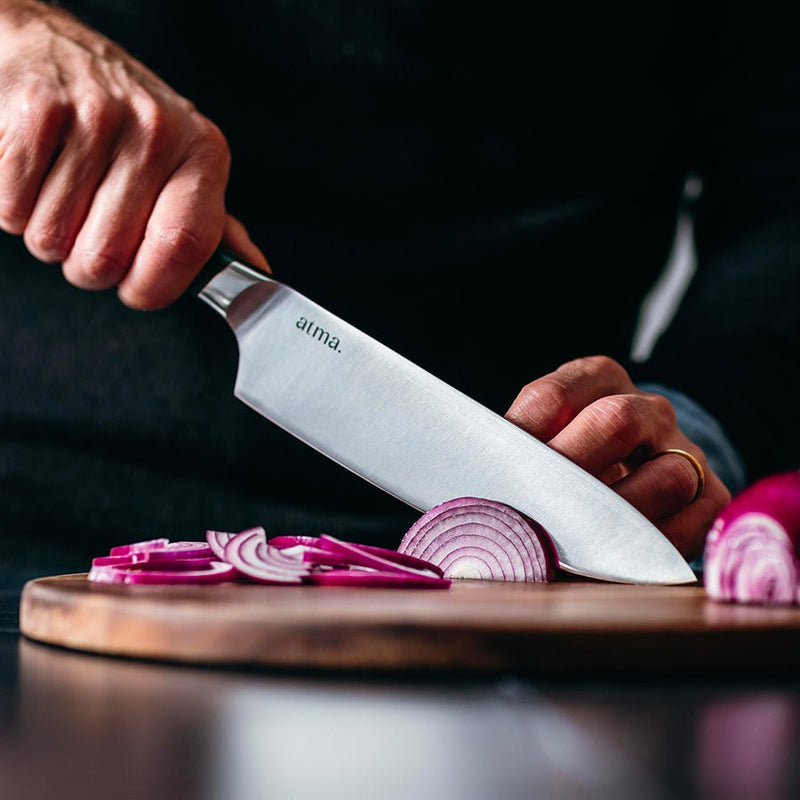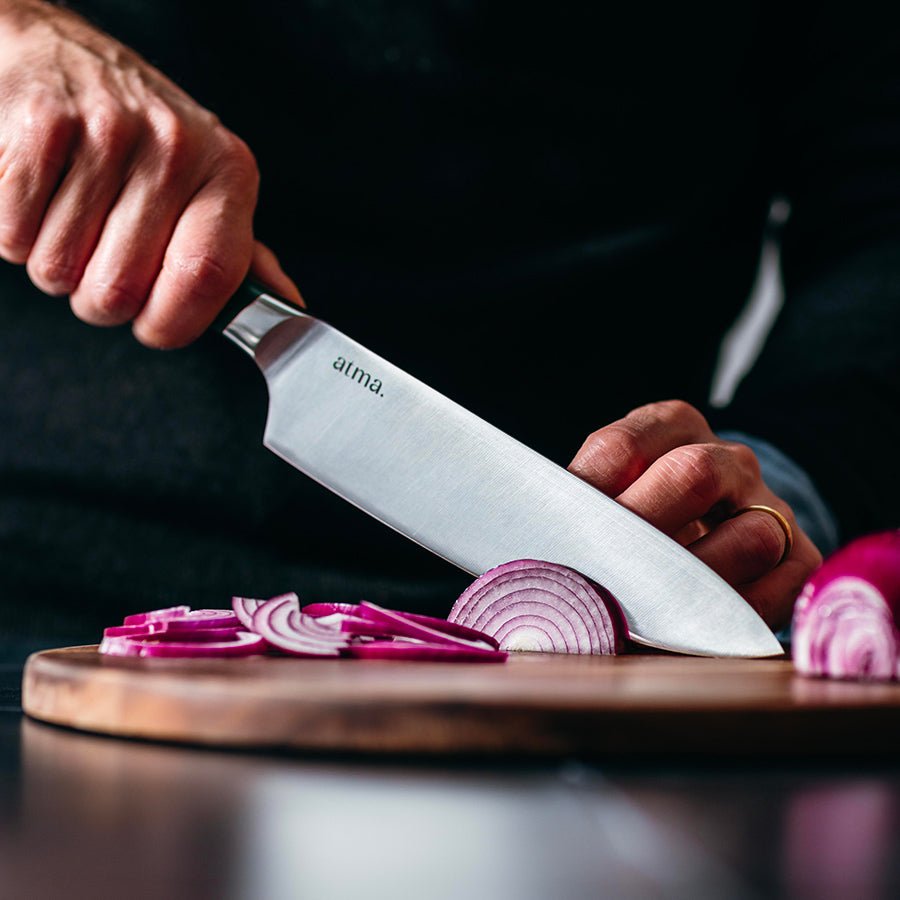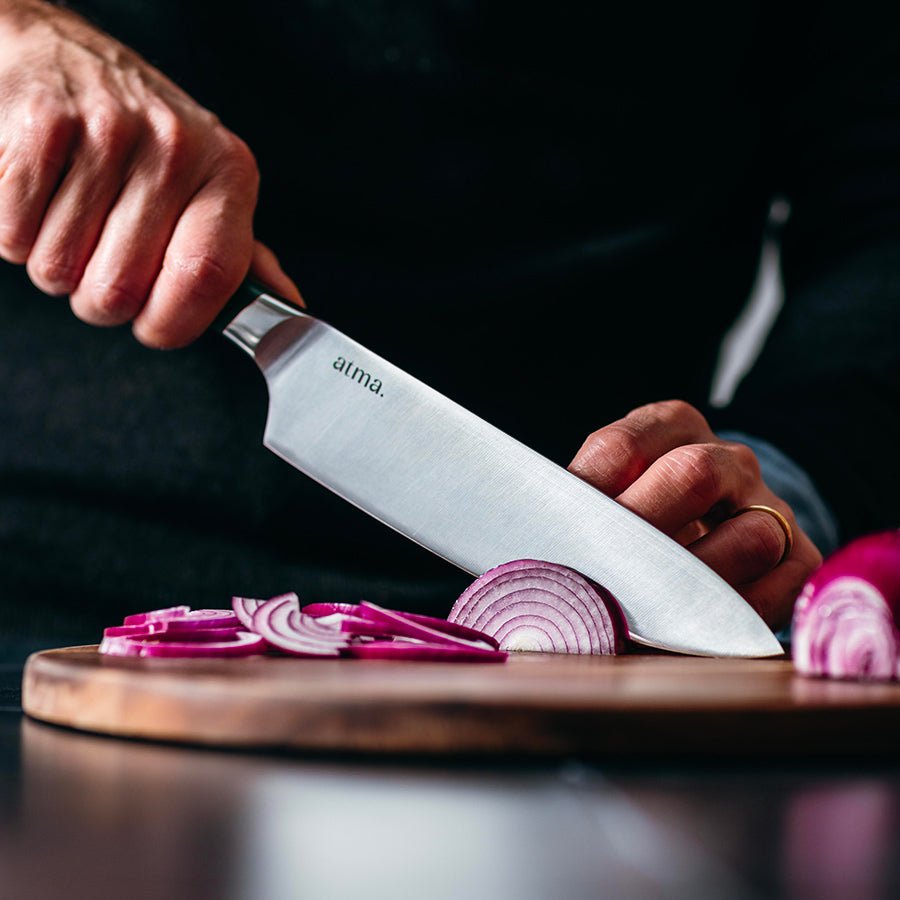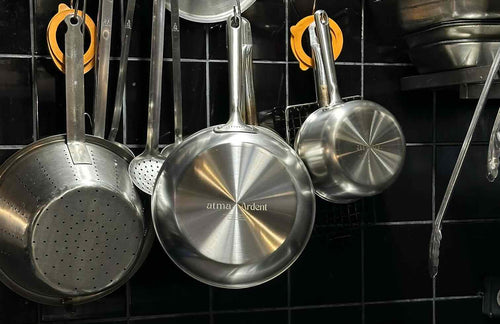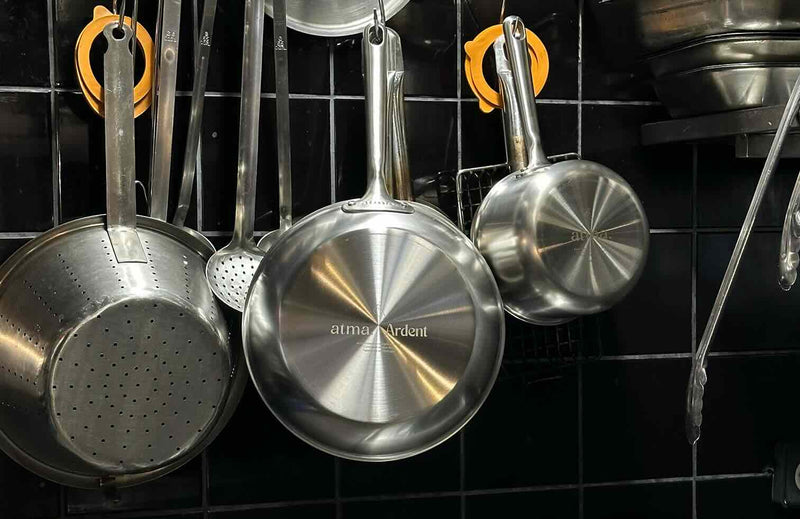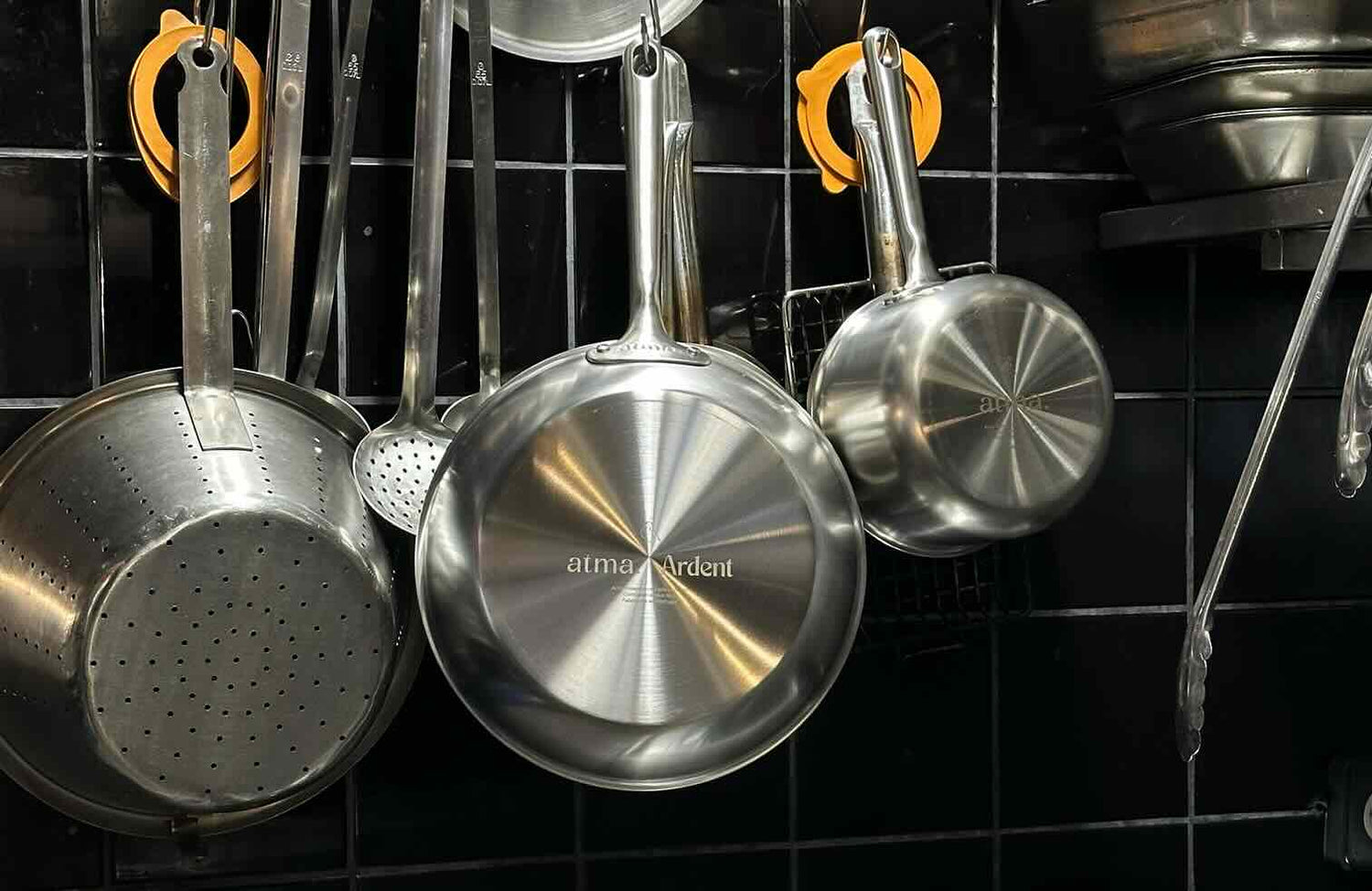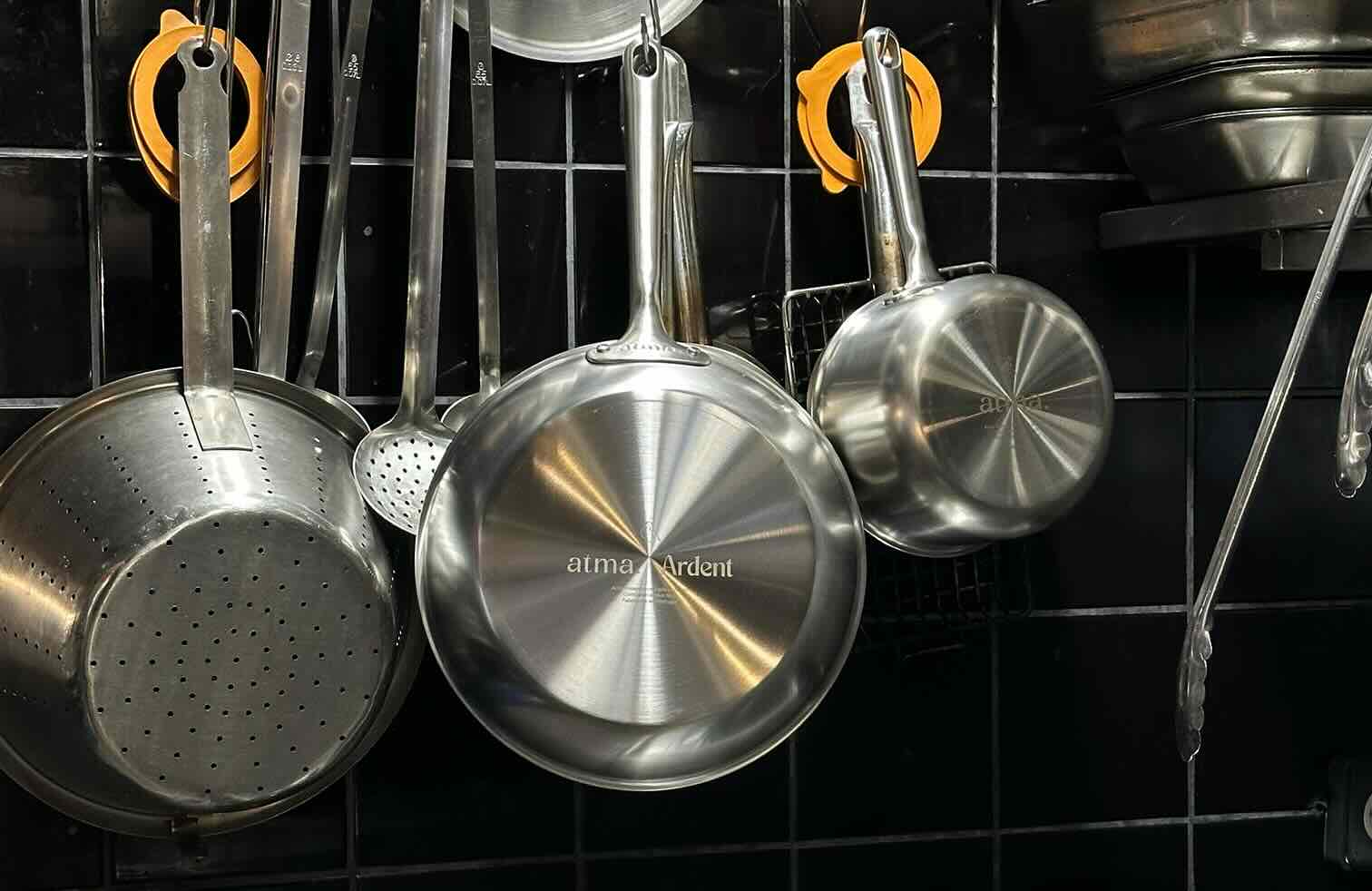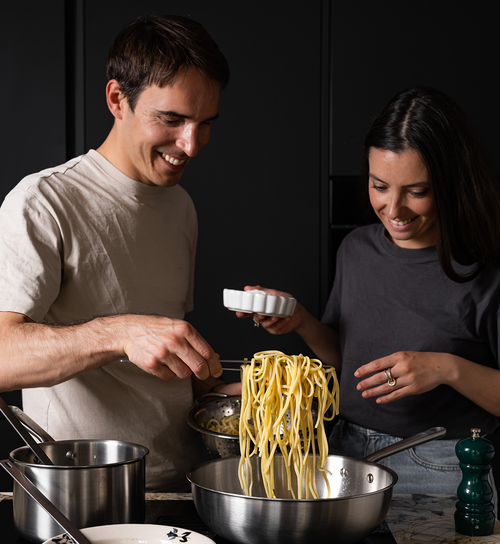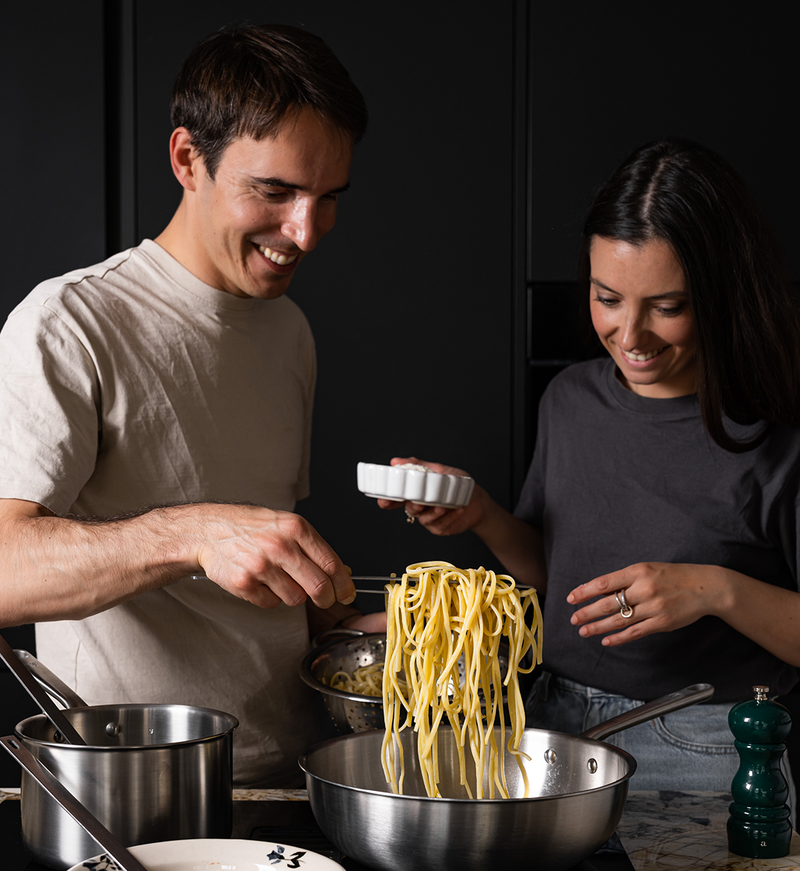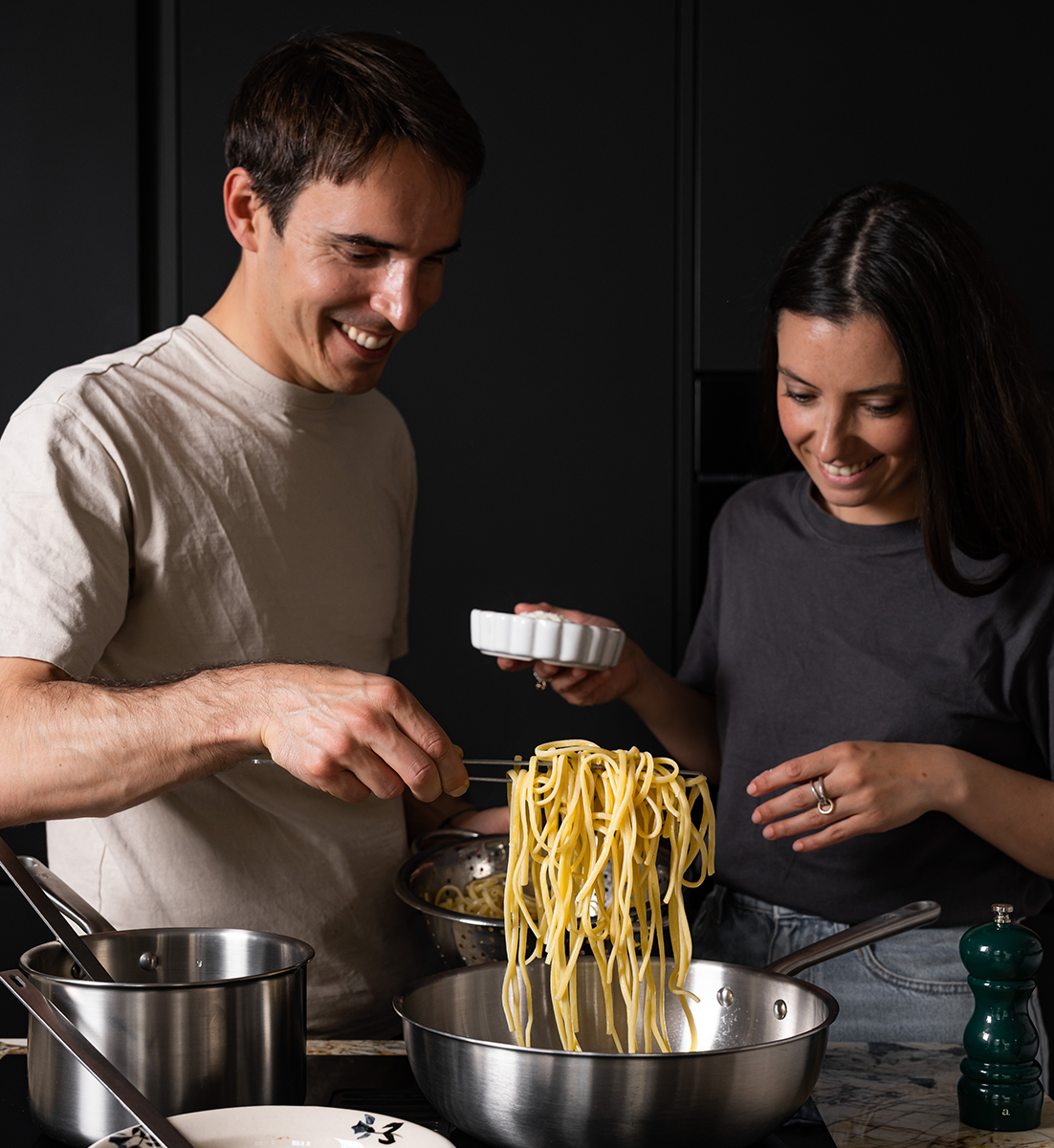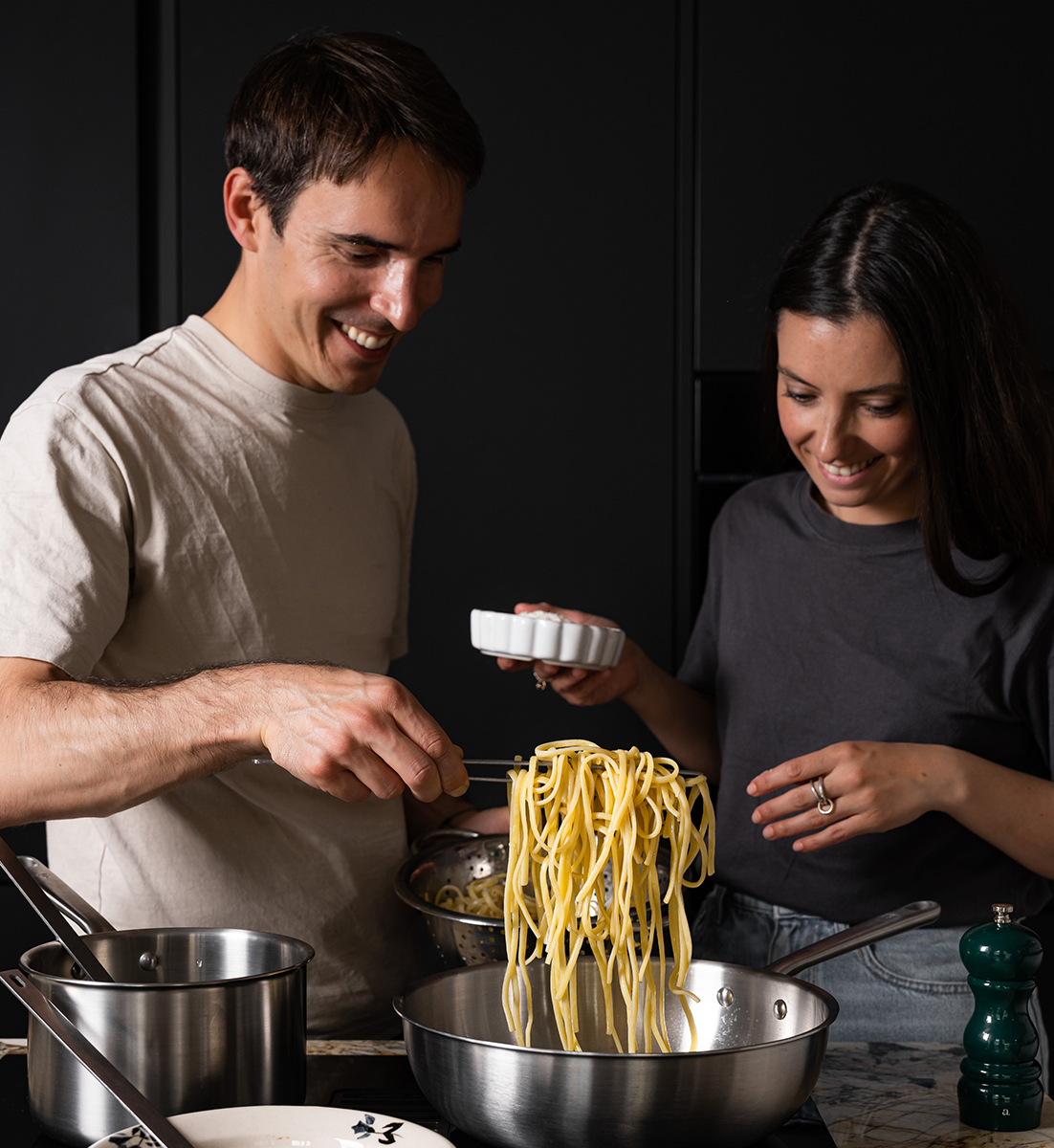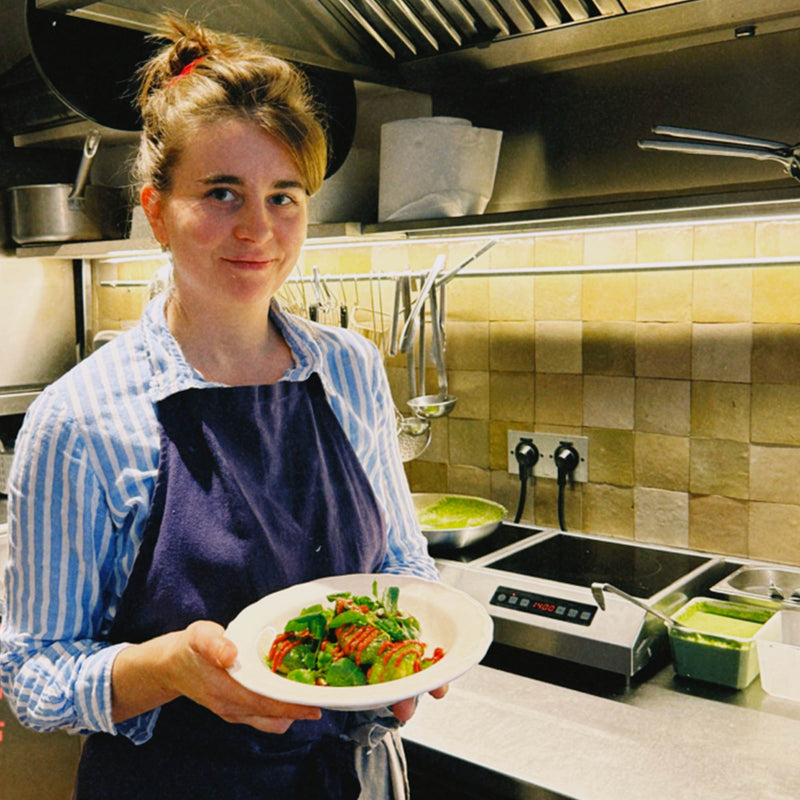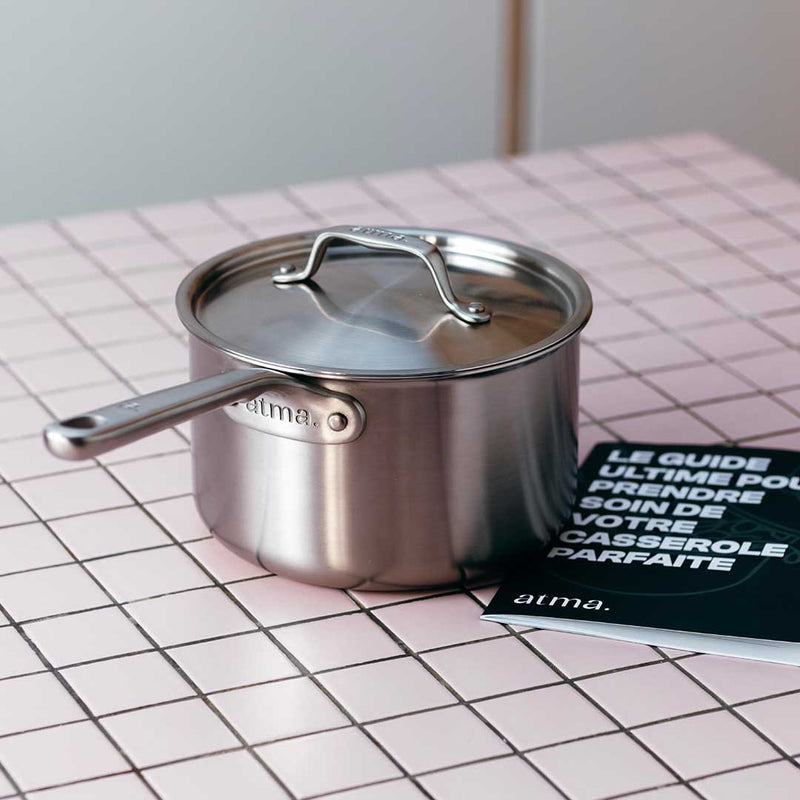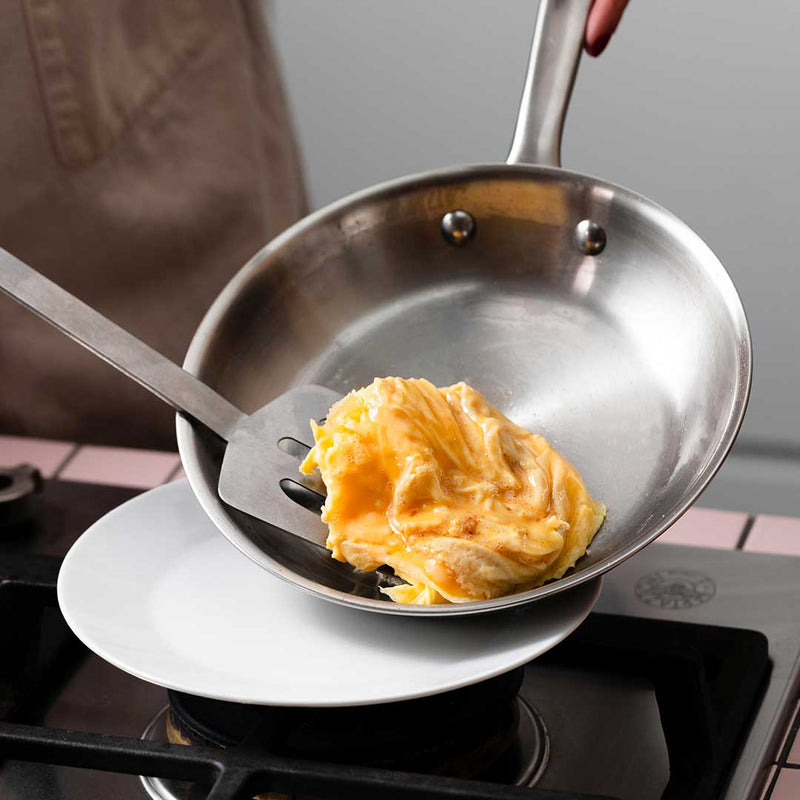Equip yourself well to cut everything
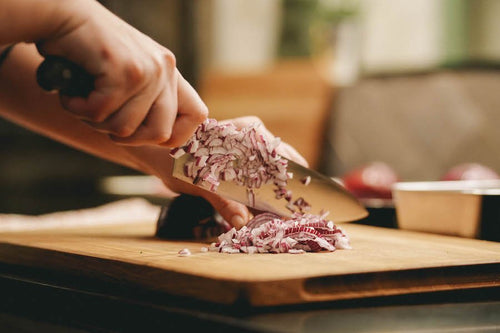
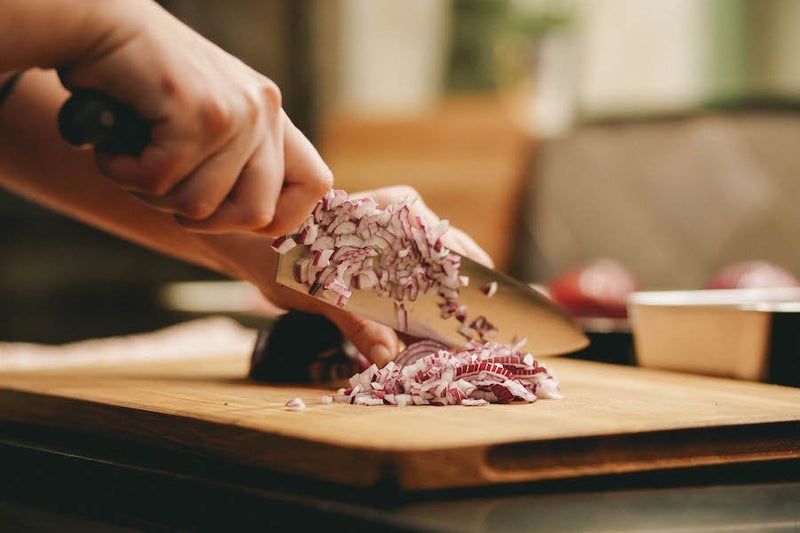
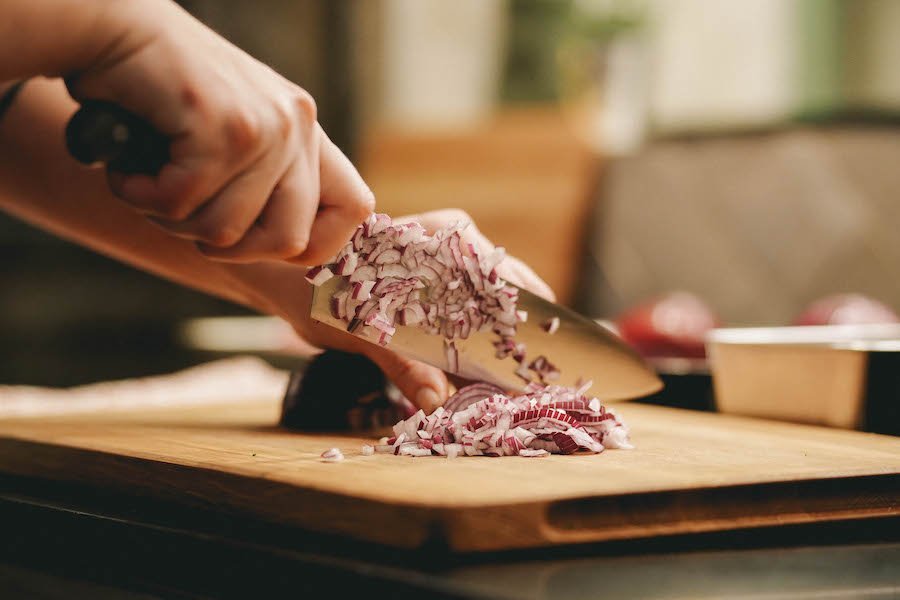
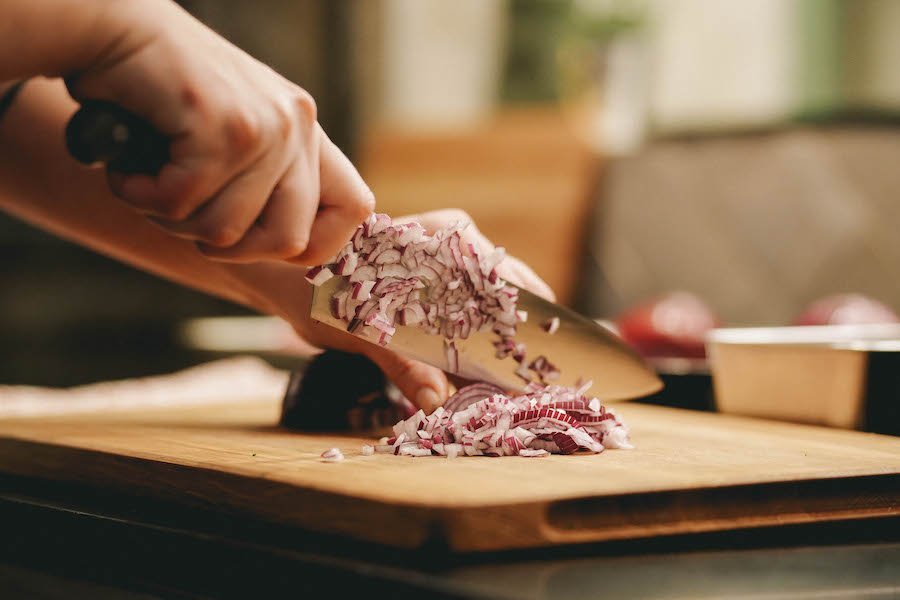




If MacGyver achieves the impossible with his Swiss Army knife, it's not the case for ordinary mortals.
Cutting any food properly requires the right technique and, above all, the right tool. Meat, fish, fruit, or vegetables, everyone has their own equipment for cutting with ease and precision without hurting yourself or damaging your blade.
So we'll explain which knives are best for each cut.
Our top 5 best knives for cutting fruits and vegetables
We've listed our 5 favorites to make sure you score a bargain.
The Chef's Knife
The chef's knife is THE essential knife in any kitchen. It's the team captain. Both strong and precise, it isthe most versatile.It can handle all positions and is perfectly suited for cutting your hardest foods like squash, as well as the most precise ones, such as fruit salad.
The chef's knife's great strength lies in its heel, which is thicker than that of a Santoku, and the rounded shape of its blade. This makes it perfectly suited for the "Rock Chop" technique, or rocking motion, often used for cutting vegetables such as onions.
Wait, before we continue, we're asked in the earpiece what the heel of a knife is? The heel is the back part of the cutting edge closest to the handle.
At Atma, we worked the Ultimate Chef's Knife in 100% forged stainless steel whose versatility and perfect sharpness allow you to carry out 90% of your kitchen cuts. Ideal for tackling all kinds of fruits and vegetables!

The Santoku
Featuring a blade with a rounded tip and a flat edge, the Santoku knife is ideal for slicing, dicing, and chopping a wide range of fruits and vegetables, from cucumbers to butternut squash. It's a bit like the tough guy in the team. Full of power, but also gentle, as its sharp edge allows you to cut fragile vegetables and delicate raw meat, like fish, without damaging them.
Unlike a chef's knife, which uses a balancing technique, the Santoku requires a top-to-bottom cut to tackle vegetables.

The Nakiri
When we think of "cutting vegetables," we also think of the Nakiri. With its rectangular, straight, flat, and thin blade, this Japanese kitchen knife is ideal for precise cuts of cucumbers, onions, or carrots.
Unlike the Santoku, this knife is specifically designed for fruits and vegetables. He is therefore less versatile, he is a real expert!

The Paring Knife
Here we have the little one of the group that never ceases to amaze us with its precision. Its pointed blade is perfect for making precise cuts and for working with more delicate foods like shallots and garlic cloves. To a lesser extent, this utensil can also be used to peel fruits and vegetables like kiwis.
For our part,the paring knife is currently in development!To tell you the truth, the prototypes are being finalized and we should receive them at the office at the end of the month. We can't wait to show them to you.

The peeler or peeler
There's no doubt about its use here; it's all in its name. Composed of a fitted blade pierced with two sharp slots,this small knife is designed to remove the skin from fruits and vegetables. It can also be used to peel the skin of potatoes, pumpkins, kiwis, and apples.
Furthermore, the tip of the knife allows you to dig into the flesh of the fruit or vegetable to extract what you don't want to eat, such as seeds, pits, etc.
How to properly cut fruits and vegetables?
Now that you know how to choose your tool, it's time to practice. Having a good knife is good. Knowing how to do it without using it is even better. Here's the ABCs of cutting fruits and vegetables.
The first important thing: keep your food stable when cutting. The rounded shape of many foods can often complicate the process. Here's a quick overview: the fruit slips, the knife slips, and you get injured.
To avoid this, here's a little tip that may seem simple but will be helpful: cut one side of your rounded food to lay it flat. Or simply cut it in half.
Now that your cut is stable, let's move on to the technique. From dicing to chopping, each fruit or vegetable will release its full flavor depending on the shape it's cut into. Garlic, for example, tends to reveal its aromas when chopped, while other vegetables are more interesting when sliced. Now that you've got the theory down, we'll trust you to put it into practice. All that's left is to get started armed with your Ultimate Chef's Knife and your cutting board. Don't forget to share your most beautiful cuts with us on social media using #madewithatma.
And if you have any questions, you can ask us in the comments below. We're here to answer them.
Discover our best sellers
By Romain De Bona
















